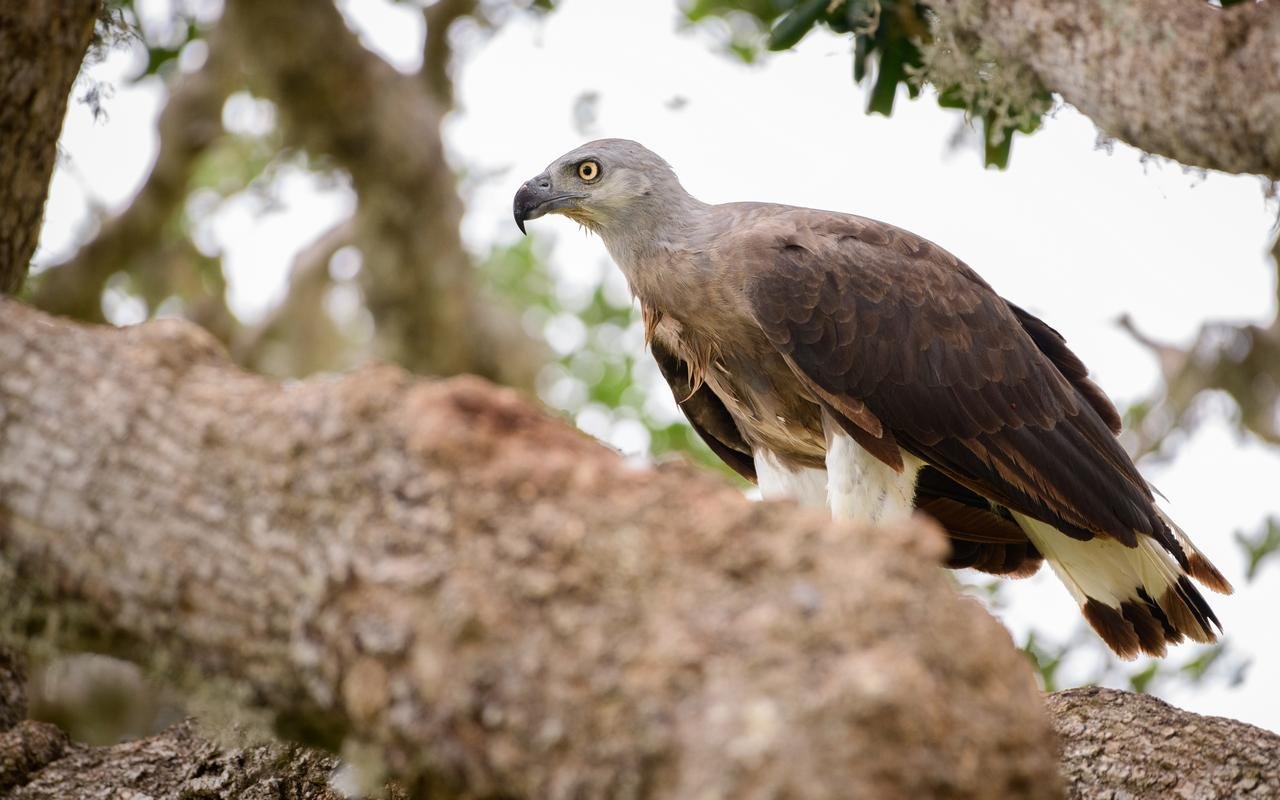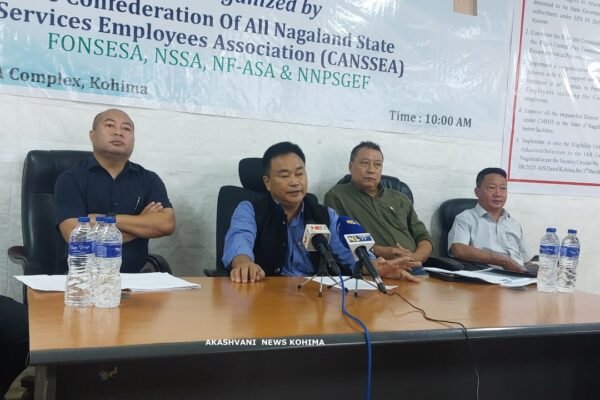Guwahati, Apr 8: An endangered Pallas’s fish eagle tagged in Mongolia has returned to Assam’s Kaziranga National Park for the fifth consecutive year to breed, reaffirming the park’s importance as a critical habitat for migratory birds.
The male eagle, identified by the ring code “A25” and named Ider, was first tagged on August 21, 2020, at Buuntsagaan Lake in Central Western Mongolia by the Wildlife Science and Conservation Centre (WSCC). Scientists from the Bombay Natural History Society (BNHS) recorded Ider in Kaziranga on March 16, 2025.
Pallas’s fish eagle (Haliaeetus leucoryphus) is listed as “endangered” on the IUCN Red List. Once common across Central and South Asia, the species has experienced significant population decline, with current estimates ranging between 2,500 and 9,999 mature individuals.
Dr Sonali Ghosh, Field Director of Kaziranga National Park and Tiger Reserve, noted that Ider displays a rare “reverse migration” pattern—breeding in India during winter and returning to Mongolia during the non-breeding season. “Kaziranga is one of the best places in the world to see the Pallas’s fish eagle,” she said.
Kaziranga lies along the Central Asian Flyway, one of the world’s major migratory routes, supporting hundreds of bird species. The park spans 1,302 sq. km and is home to over 500 bird species, with its wetlands and rivers providing essential habitats for both resident and migratory birds.
During the 6th Kaziranga Waterbird Count held in January 2025, 124 bird species were recorded, totaling over 112,000 individuals. Among the highlights were the Critically Endangered Baer’s Pochard and the Endangered Pallas’s Fish Eagle.
Assam Chief Minister Dr Himanta Biswa Sarma acknowledged the eagle’s return in a social media post, stating: “The endangered Pallas’s Fish Eagle, tagged in Mongolia, has made Kaziranga its breeding ground for five straight years, putting Assam on the map of epic bird migrations.”
Ider’s continued return highlights the success of long-term monitoring and the importance of international collaboration in conserving migratory species.









